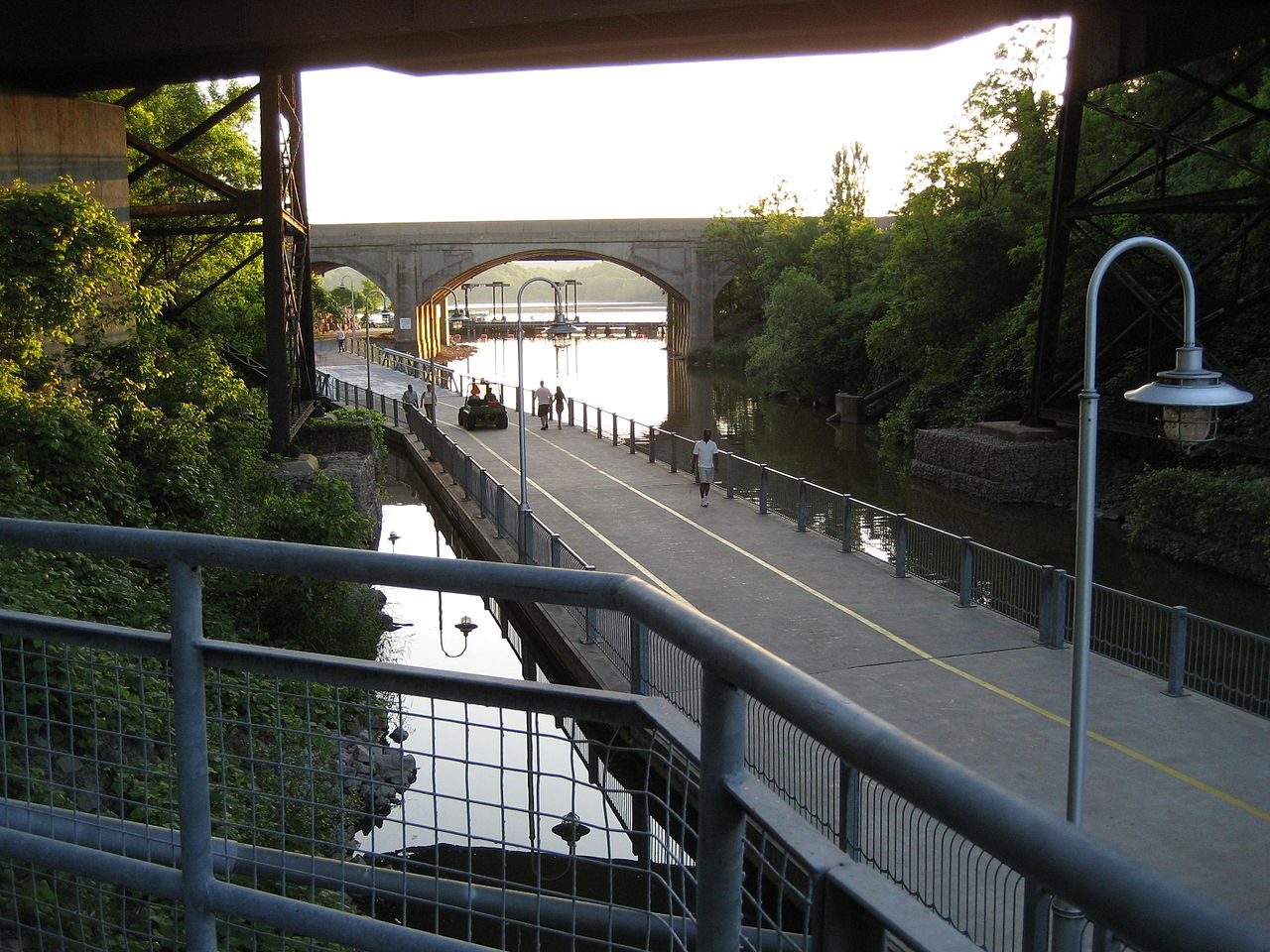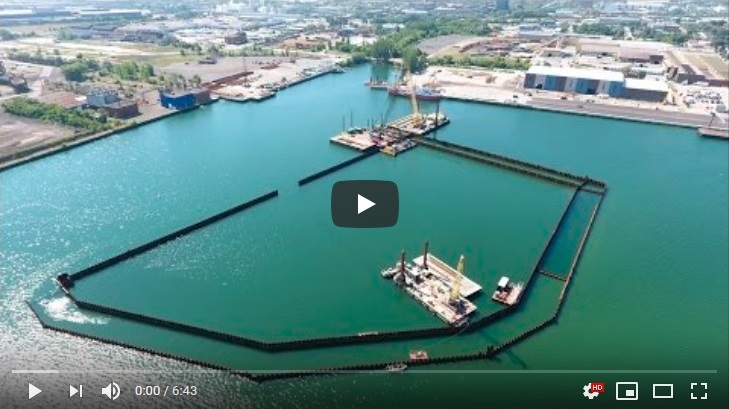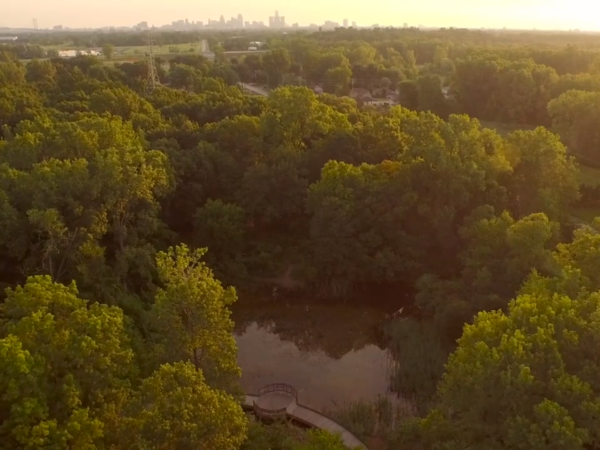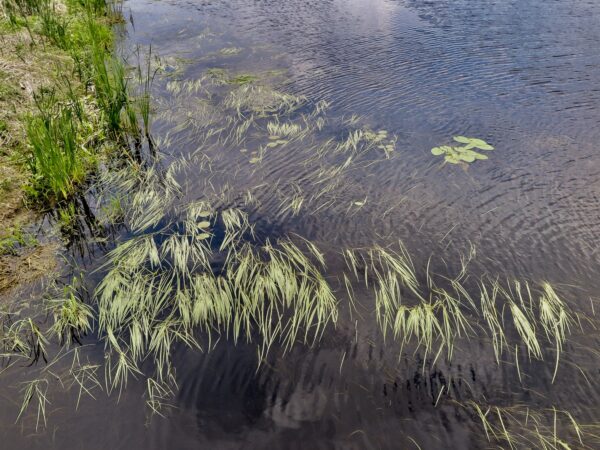
Shared Waters: Restoring the Hamilton Harbour Watershed
On September 25, 2018 I was honored to participate in a public forum on the past, present, and future challenges and opportunities of restoring the Hamilton Harbour watershed. This public forum was sponsored by the International Joint Commission’s Great Lakes Water Quality Board. Other panelists included: Chris McLaughlin, Executive Director of Bay Area Restoration Council; Scott Peck, Deputy Chief Administrative Officer and Director of Watershed Planning and Engineering, Hamilton Conservation Authority; Melanie Goodchild, Senior Indigenous Research Fellow and Ambassador, Suncor Fellow, The Waterloo Institute for Social Innovation and Resilience. The forum was moderated by Mark Mattson, Founder and President of Lake Ontario Waterkeeper and member of the International Joint Commission’s Great Lakes Water Quality Board.
Hamilton Harbour is a 5,313-acre embayment located at the west end of Lake Ontario. It has over a 100-year history of industrial and urban development. In the middle of the 19th century, the Great Western Railway was founded in the city, making Hamilton the center of Canadian industry. This long industrial history resulted in substantial environmental degradation of surrounding ecosystems.
Hamilton Harbour is one of 43 Great Lakes pollution hotspots or Areas of Concern identified through the International Joint Commission. It was an early leader, along with Rouge River in southeast Michigan and Fox River/Green Bay in northeast Wisconsin, of the Great Lakes Remedial Action Plan Program initiated in 1985 to clean up Areas of Concern. Hamilton Harbour has been considered a leader in stakeholder involvement, linking science and policy, and cleanup and restoration programs.
“Sustained funding for restoration requires many voices”
Experience in Hamilton Harbour has shown that sustained funding for restoration requires many voices and that cooperation is essential to fostering use of an ecosystem approach and watershed planning. Public involvement and local leadership, as evidenced through the early work of the Hamilton Harbour Stakeholder Group and now through the Bay Area Restoration Council, have been critical to success. Such stakeholder involvement has not only brought diverse interests together to share different gifts, but built understanding and trust, and fostered an ethical and sustainable perspective, systems thinking, and stewardship ethic.

Economic Benefits of Remediating Contaminated Sediments at
Hamilton Harbour’s Randle Reef, Photo by Bay Area Restoration Council
A major recent accomplishment is the remediation of contaminated sediments in Hamilton Harbour’s Randle Reef. The Randle Reef contamination site is approximately 148 acres in size and contains approximately 2.45 million cubic feet of contaminated sediment, a volume that would fill a major hockey arena three times over. Randle Reef is the largest contaminated sediment remediation project in the Canadian Great Lakes and projected to cost $139 million. It will be completed in 2022. Project funding was shared among the Government of Canada, the Province of Ontario, City of Hamilton, City of Burlington, Regional Municipality of Halton, Hamilton Port Authority, and Stelco (formerly U.S. Steel Canada).
“Greater economic returns through the creation of valuable port lands”
This project is located along the south shore of Hamilton Harbour in the vicinity of Piers 14, 15, and 16. It involves constructing an engineered containment facility. This specially designed, double, steel-walled and sealed “box” is approximately 15.3 acres in size and is being constructed to contain the most heavily contaminated sediment. The project is also expected to generate economic returns through the creation of valuable port lands for the Hamilton Port Authority, allowing them to expand port operations. New public spaces and amenities along with new residential and commercial waterfront development in the Piers 5-8 area are also expected to encourage more tourism in the area. Completion of all sediment remediation, wastewater treatment, and habitat projects for Hamilton Harbour is projected to generate estimated economic benefits of $592 million to local businesses, $496 million to recreational users, and $338 million to the federal government by 2032.
Priority is also being placed on reconnecting people with Hamilton Harbour and changing their relationship with it. One innovative technique is being led by indigenous women who host an annual Hamilton Harbour Water Walk. Danielle Boissoneau of the Anishinaabe leads this 26-mile walk around the harbor to promote and pray for the health and safety of the local water supply.
This helps reconnect people with Hamilton Harbour and gives first-hand experiences that can lead to a stewardship ethic. This also helps people realize that they are part of their ecosystem and not separate from it, and what we, as humans, do to our ecosystem we do to ourselves.
For me, as a student of restoration of Great Lakes Areas of Concern, it was so heartening to see the enthusiasm and support for the Hamilton Harbour Remedial Action Plan 33 years after it started. Although much has been accomplished, much remains to be done. Thank you to all the stakeholders of Hamilton Harbour for their leadership. Your work is not only important to Hamilton Harbour, but all Areas of Concern throughout the Great Lakes Basin Ecosystem.
Featured Image: Hamilton Harbour Waterfront Trail, Photo by Rick Cordeiro via wikimedia






